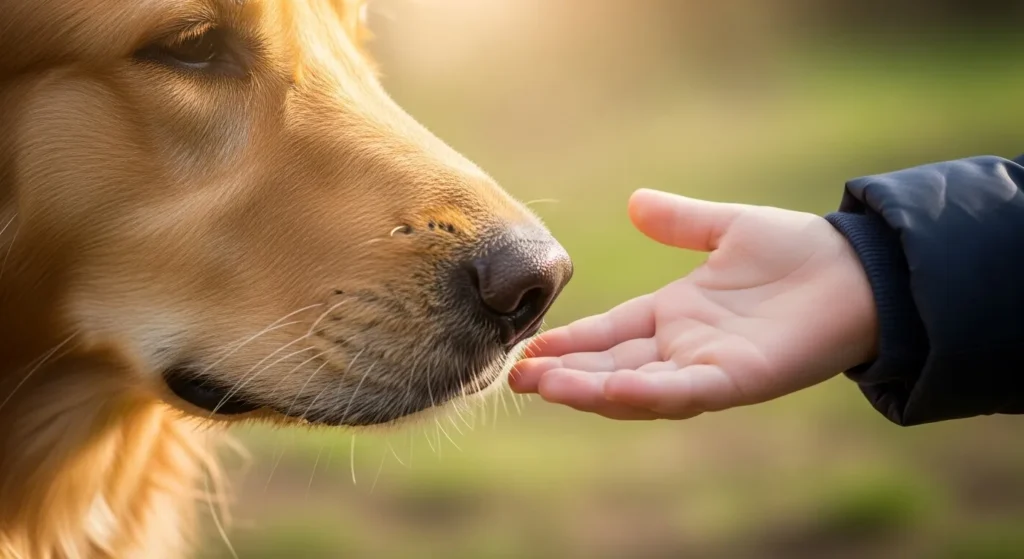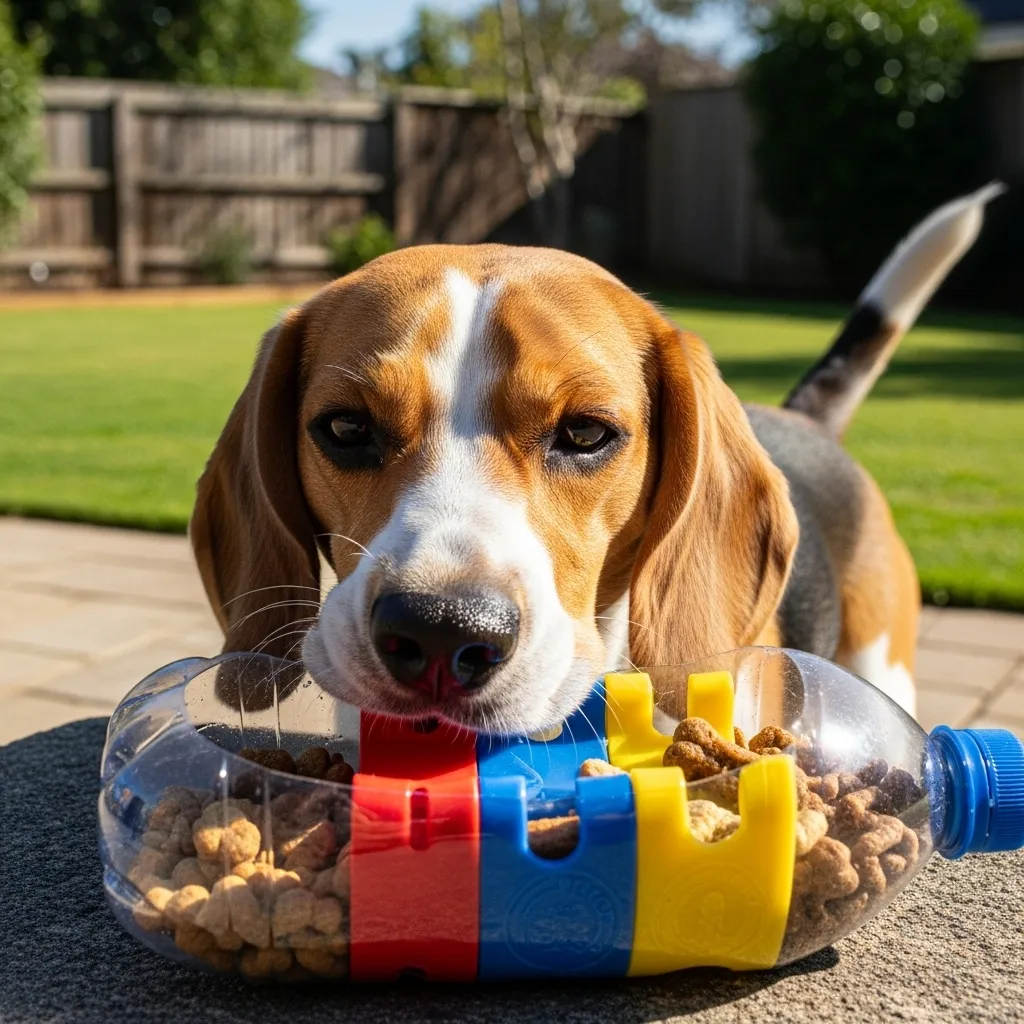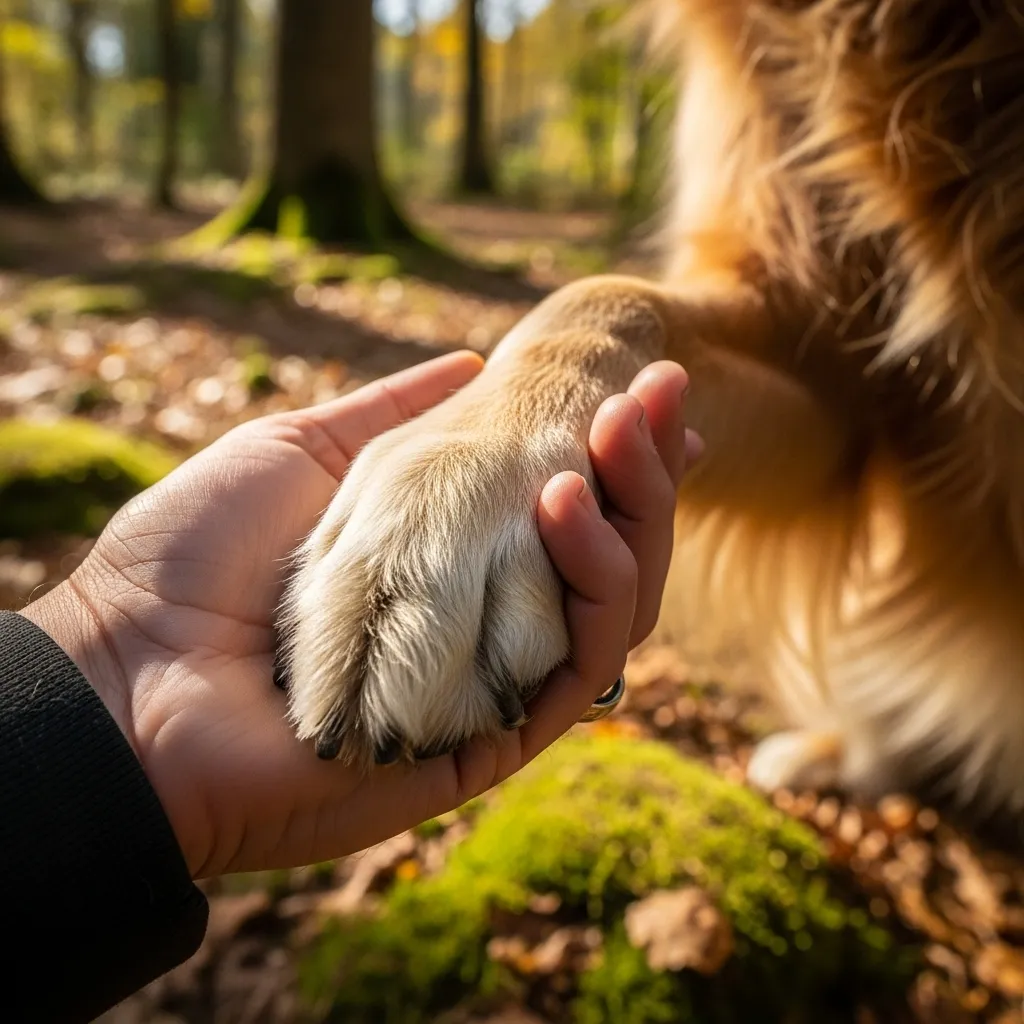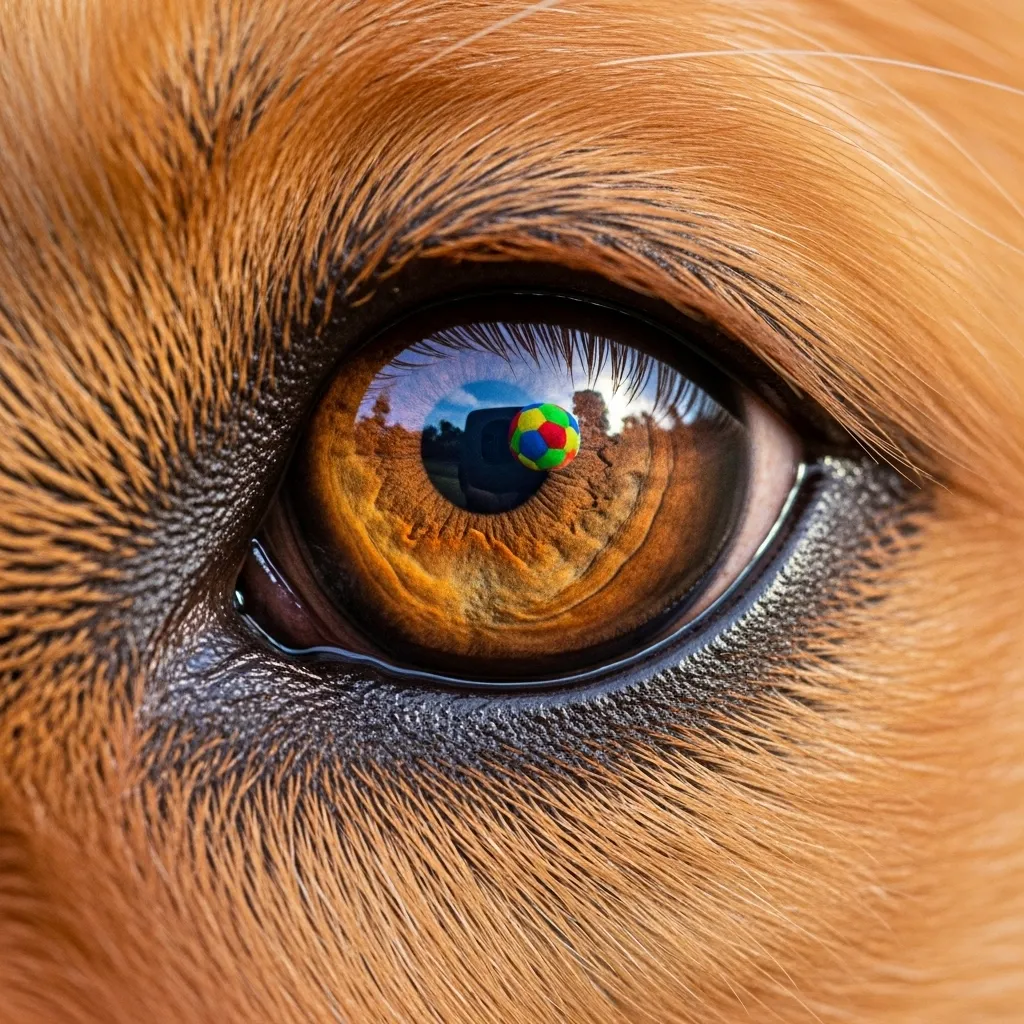Are You Sure You’re Not Feeding Your Dog Dangerous Foods?
We all know how important it is to give our dogs the best and healthiest foods. Unfortunately, some seemingly harmless treats and human foods could actually be extremely dangerous for our furry friends.
Over the years, I realized that being a responsible dog parent means more than just kisses and belly rubs. It means being extremely cautious about their environment. What they eat plays a huge role in their overall well-being, so I started to be vigilant about what my dogs eat. Understanding their metabolism and digestive system is essential to ensure a healthy and happy lifestyle for them.
Unfortunately, we don’t pay enough attention to all the dangers our pets are exposed to. For example, many household foods are often very toxic for dogs. Some of the most common ones are avocados, nuts, grapes, and alcohol. But trust me when I say that your dog should be kept away from all the foods listed below.
My role here is to combine all the practical tips and tricks I’ve learned throughout the journey with a little bit of humor. Let’s face it! Being a pet parent isn’t always a serious business.

Here are some common foods dogs shouldn’t eat
1. Onion or garlic
I remember when I tried to cook a gourmet meal for my friends, and I tossed a generous amount of onions and garlic into the mix. I didn’t notice that my extremely curious golden retriever, Max, ate a tiny bit from the floor. Within hours, Max was showing signs of distress. His signs turned into a strange color.
I immediately called his vet and it was time I found out that onions and garlic belong to the allium family, which contains compounds that can damage a dog’s red blood cells, leading to anemia.
In our situation, I managed to keep things under control. But after a little research I found out that even small amounts over time may pose a serious health risk. One of the most common symptoms, you should watch for are vomiting, diarrhea, and pale gums. Unfortunately, in severe cases, dogs may even require blood transfusion to recover from the damage.
2. Avocado
Even though avocados are trendy and often found in our kitchens they can be very dangerous for our dogs. The pit and skin are the most dangerous, with a high risk of causing an intestinal blockage. Moreover, avocados contain persons that, in large quantities, can be harmful to dogs.
I suggest you keep your furry friends away from these fruits that are extremely healthy for humans. Considering that persin’s effects can range from mild stomach upset to more serious conditions like heart damage, it’s best to err on the side of caution. Avoid giving your dog any part of the avocado, and if you want to share a taste, consult your veterinarian first.
If avocados are a common ingredient in your household, keeping them away from your dog can be a little challenging. However, you should do your best to secure any leftovers promptly. Your dog’s digestive system isn’t designed to handle the complex fats and toxins present in this fruit.

3. Caffeine
Caffeine is a dangerous substance that can trigger rapid heart rate and seizures in dogs. Their smaller body sizes and different metabolic systems mean that even a tiny amount can result in a toxic dose. Trust me when I say that I learned the hard way that leaving a half-finished cup of coffee on my living room table is not a great idea.
The effects of caffeine poisoning in dogs can include hyperactivity followed by collapse. In our case, I noticed that my golden retriever was more active than usual, then I decided to see the vet. I felt like something was off.
After a complete checkup and some pills, we came back home. It was the first accident we had with caffeine and I really hope that it was also the last one. As a dog parent, I know how important it is to be extra cautious and I sometimes regret that I am not paying enough attention… but I guess incidents sometimes happen, right?
4. Broccoli
Too much broccoli in dogs can lead to digestive issues due to its high fiber content. The key is moderation. While I appreciate the health benefits this vegetable offers to humans, it’s important to remember that canine digestive systems are different. So, occasional nibbles of broccoli can be fun, but make sure not to exaggerate.
5. Chocolate
You might already know how dangerous chocolate can be for dogs. It contained theobromine and caffeine, both of which are metabolized very slowly by dogs. Even a small amount of chocolate can trigger symptoms such as diarrhea, tremors, or vomiting.
So, while chocolate might be a beloved treat for us, it remains one of the most hazardous foods for our dogs.
6. Grapes
Grapes are deceptively dangerous for dogs. Even a small amount can lead to acute kidney failure, a condition that rapidly becomes life-threatening. Even though the exact toxin that causes problems remains a mystery, the correlation between grape ingestion and kidney damage is well documented.
7. Macadamia nuts
Even though these are favorite snacks for many humans, even a small amount of these nuts can cause depression, vomiting, and tremors in dogs. Make sure your furry friend will not manage to sneak any of these while you are enjoying your Netflix series. Because within minutes, dogs might struggle to walk. The exact substance in macadamia nuts isn’t completely understood, but it’s clear that these nuts are extremely toxic to dogs, regardless of the quantity ingested.
8. Milk
Milk is an important ingredient in many households, but even though it might seem like a harmless treat for dogs, it can present unexpected challenges. For example, there are more and more dogs dealing with lactose intolerance. So, considering that they lack the enzyme lactase needed to properly digest lactose, the sugar found in milk, it can lead to gastrointestinal issues, including diarrhea, vomiting, and abdominal discomfort.
9. Mushrooms
Let’s say that the challenge lies in distinguishing between edible and toxic varieties, a task that even experts sometimes struggle with. So, in my household I’ve always maintained a strict rule: never allow dog access to any mushrooms unless they are specifically prepared by a veterinarian or pet nutritionist. Toxic mushrooms can cause a range of symptoms, but some of the most common ones are vomiting and liver failure.
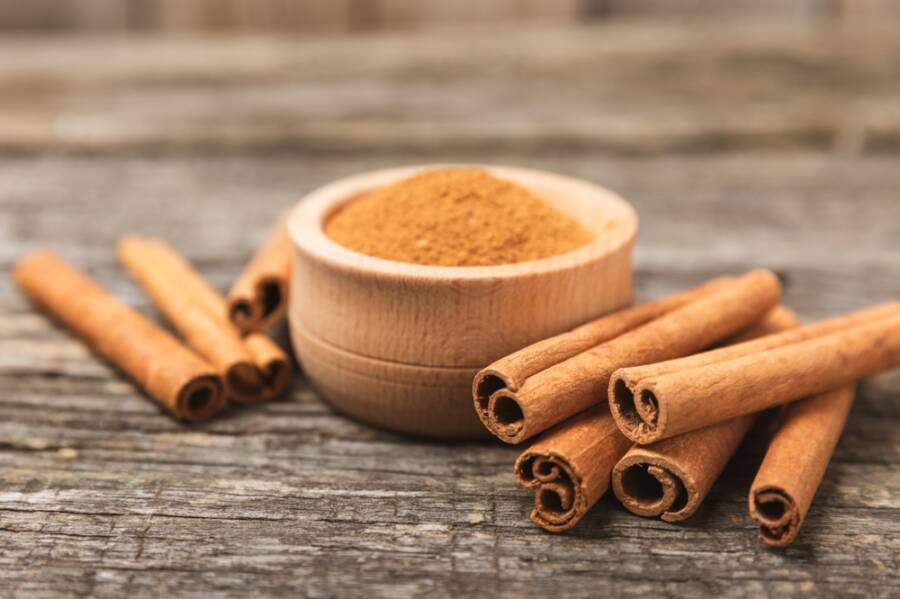
10. Cinnamon
Who would have thought that cinnamon might be dangerous for dogs? I recently found this information and since then I have been paying attention to the way my wife uses cinnamon for her morning coffee. For dogs, the spice can lead to irritation of the mouth and gastrointestinal tract, potentially causing vomiting and diarrhea.
11. Apples
Humans see apples as a healthy snack, but when it comes to dogs, there are a few important considerations. In moderation, these fruits can be a source of vitamins for our pets, but keep in mind that caution is key. The seeds and core contain traces of cyanide compounds, which can be toxic if ingested in large quantities.
12. Xylitol
Xylitol is a sugar substitute commonly found in sugar-free gum, candy, baked goods, and even some peanut butter brands. Did you know that it can be extremely dangerous for your furry friends? This additive can cause a rapid release of insulin in dogs, leading to hypoglycemia. It’s essential to know that in severe cases, it can result in liver failure.
I learned more about xylitol’s dangers when my neighbor’s tiny terrier, Bella, got into a pack of sugar-free gum. Within minutes, Bella became weak and disoriented and had to be rushed to the vet for emergency care. Luckily, Max hasn’t been attracted to gums until now. Since the incident with Bella, I am still stressing out each time I leave a pack unsupervised.
Before leaving, here are some great snacks my dogs loves. I usually order them from Amazon. Here is the link, check them out right now!
If you liked this article, here’s what you should read next: 10 Short-Haired Dog Breeds Perfect for Allergy Sufferers



